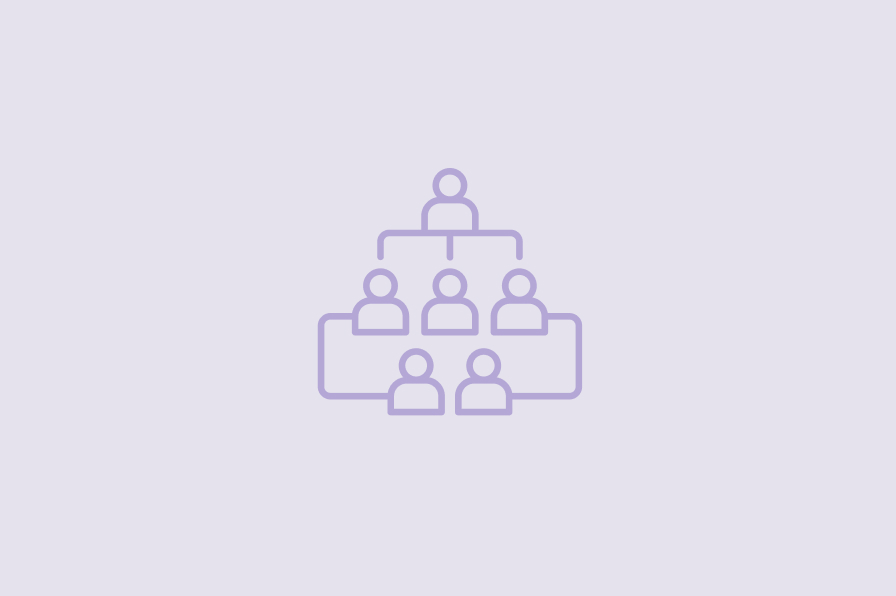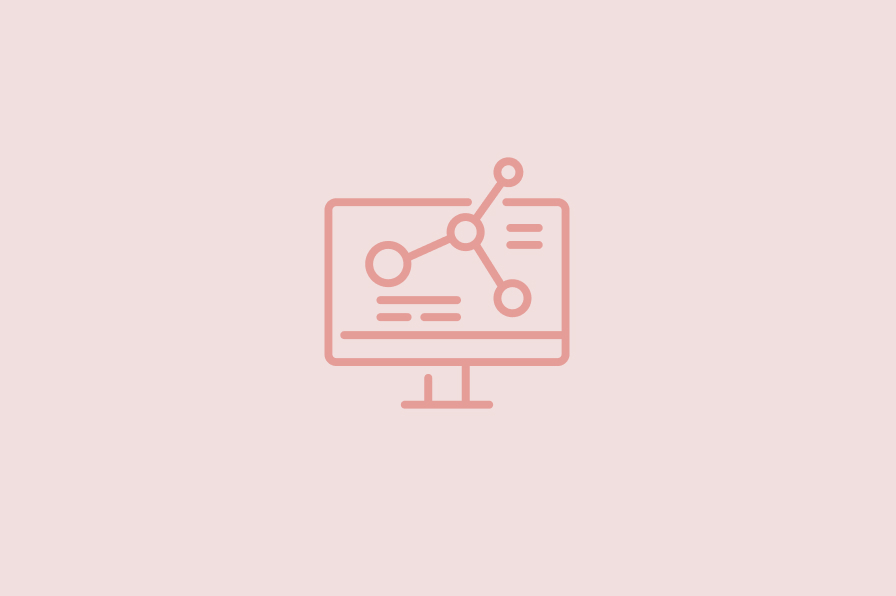PEOs CAN LEVERAGE INNOVATIVE HEALTH BENEFITS TO FUEL BUSINESS GROWTH
October 2024
Those of us in the PEO industry agree that PEOs bring tremendous value to small and midsize businesses (SMBs) and their millions of worksite employees. We’re in this business for that reason.
Among the many aspects of running a business, health benefits aren’t always the primary focus for worksite clients. However, these are likely among the most complex and costly services that they need in order to remain competitive to offer to their employees.
Innovative health benefits are critical when it comes to attracting and retaining the best worksite employee talent.
WHAT’S NEW AND EVOLVING IN HEALTH BENEFITS
It’s important to understand that the health benefits landscape today is much more broad than medical plan benefits alone. Health benefits now encompass an increasingly wide spectrum of health-related products and services, including pharmacy, dental, vision, behavioral health and more. There is well-documented research about the connection between a person’s dental and vision health and their overall health. Similarly, mental and behavioral health and well-being are intrinsic components of holistic health care.
The increasing scope of health care provider networks, care access points, and wellness, voluntary, and discount program offerings has evolved and will continue to do so, resulting in greater efficiencies and impact for PEOs, worksite clients and employees.
Also evolving is the increasing use of data-driven technology to help people more easily find and choose in-network health care providers that best meet their needs and preferences. Data-driven technology can also help people compare their potential out-of-pocket costs for care options which will help inform their decision-making.
Evolving technologies are also part of elevated care management approaches. This may incorporate utilizing claims data, advanced targeting algorithms, social determinants, and unique insights to help drive care interventions and actions that positively impact health.
Given all of this, it is important that PEO leaders and their teams comprehend the potential value of all available health-related benefits that can be offered. It’s also important to understand why some offerings may be a better fit for a given client and their worksite population over other options. And, understanding where the future of health benefits is heading can help support a PEO’s growth goals.
OPTIONS FOR ACCESSING CARE
Today, there are expansive care access points through a range of provider network choices, 24/7 virtual care and local care. Continued innovations in care access points will change what PEOs need to know to be able to offer solutions tailored for their various worksite clients and employees.
The variety and types of settings where care will be accessed and the ways in which that care can be connected and integrated for optimal experiences and outcomes will continue to evolve. For example, the average Aetna® member with a chronic condition interacts with a pharmacist 13 times per year — providing additional opportunities to provide connected care and meaningful engagement.
As many of us are aware, since Covid-19 there has been a tremendous shift in how people prioritize how and where they access care. In addition to in-person care, consumers now accept, and in many cases expect options to receive health care services in more convenient locations, including virtually. In some scenarios, such as mental health, virtual is becoming the preferred option.
A recent CVS Health® study found that 72% of survey respondents feel that the quality of care from virtual visits was about the same or better than in-person visits. Seventy-one percent of respondents think a virtual visit for mental health services would be more convenient. And more than half (55%) of consumers surveyed said that the availability of virtual mental health services would make them more likely to seek mental health help.
There are a few types of virtual care options, such as:
- Virtual Care: Access online treatment, diagnosis, and consultation 24/7 with virtual care. Licensed telehealth providers offer affordable treatment for common illnesses and conditions from the comfort of home or away from home.
- Virtual Primary Care: These services are offered to patients with eligible insurance plans. Provides access to timely, convenient and affordable on-demand primary care virtually with the option of being seen in person.
- Virtual Mental Health Care: Provides access to schedule a video visit with a licensed therapist to address concerns such as grief, depression, anxiety, stress, family and relationships, conflict resolution, identity, and other life challenges. Plans may also offer access to visit a psychiatrist for a mental health evaluation and medications.
Convenient access to in-person and virtual appointments and resources can enhance worksite client and employee satisfaction with their health benefits. It also offers the potential to enhance overall employee productivity by reducing worry and time away from work.
HOW PEOS CAN LEVERAGE BENEFITS INNOVATIONS TO IMPACT GROWTH
Successful PEOs rely on a variety of service partners that they lean on for expertise. This is critically important when it comes to understanding and offering health benefits.
PEOs that currently offer health benefits and those PEOs exploring offering them down the road need the right mix of partners who are not just health benefits experts but also must understand PEOs, client focus, and growth strategies.
Health benefits innovations are so important for a few reasons:
- Helps PEOs and worksite clients enhance talent attraction, retention, and productivity
- Expands care access, informed decision-making, and potential cost savings
- Enables PEOs and worksite clients to focus on their business and less time managing benefits
A PEO’s health benefits partners should be an extension of the PEO’s team, working together as trusted advisers to help design health benefits strategies, manage risk, analyze results, offer industry insights and best practices, and help plan for the future – which includes planning for the PEO’s business growth. The value of a health benefits partner increases with the health benefits solutions that they can provide. This keeps data integrated for better employee engagement, care management and service experience.
The right experts include consultants who specialize in PEO health benefits, underwriting, and actuarial. They also include health benefits carriers with dedicated PEO business units, tenured teams with deep knowledge, and innovative solutions that offer broad access to quality care for the PEO’s current and prospective worksite clients and employees.
The most innovative health benefits partners who work with PEOs focus on helping optimize health, wellness, productivity, and cost savings that can ultimately help fuel the PEO’s business growth.
-
SHARE
- Copy to clipboard



